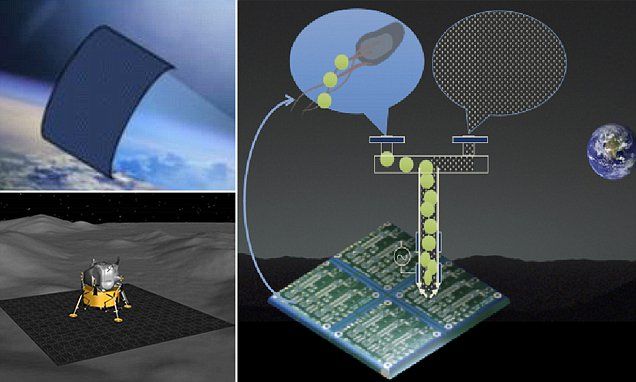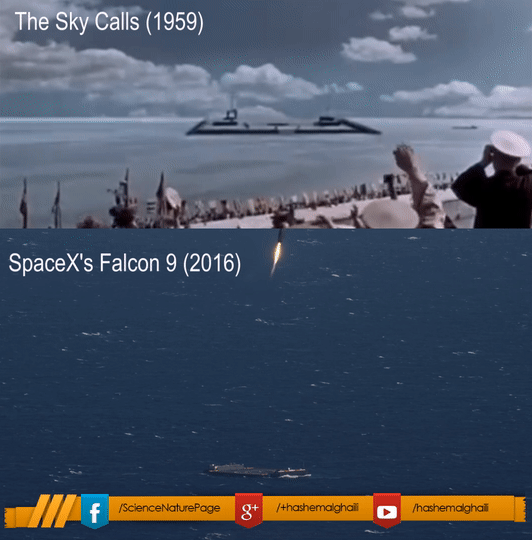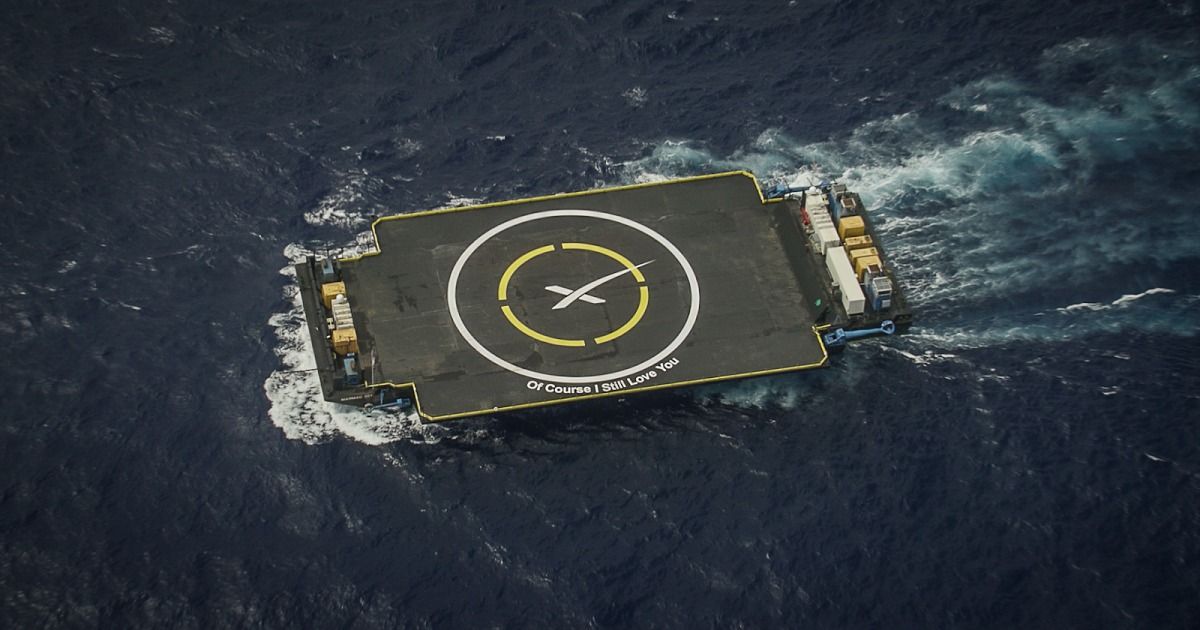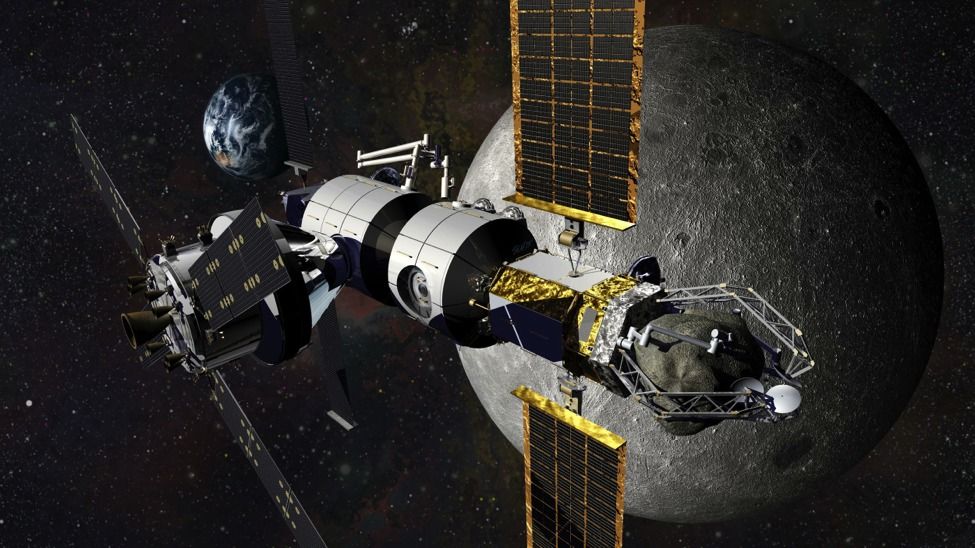Apr 12, 2016
Watch Stephen Hawking Deliver a Mysterious Announcement on Space Exploration
Posted by Sean Brazell in categories: innovation, space travel
Stephen Hawking will be making a big announcement today about space exploration. What will it be? Find out at noon, EST.
Hawking and Yuri Milner of the Breakthrough Prize have been building up to an announcement on Project Starshot. So far, the only thing known about the new project is that it has to do with space exploration.
But what’s Hawking’s big reveal about the project? No one knows yet—but it’ll be streaming live right here at noon, EST. Watch along with us.
Continue reading “Watch Stephen Hawking Deliver a Mysterious Announcement on Space Exploration” »


















